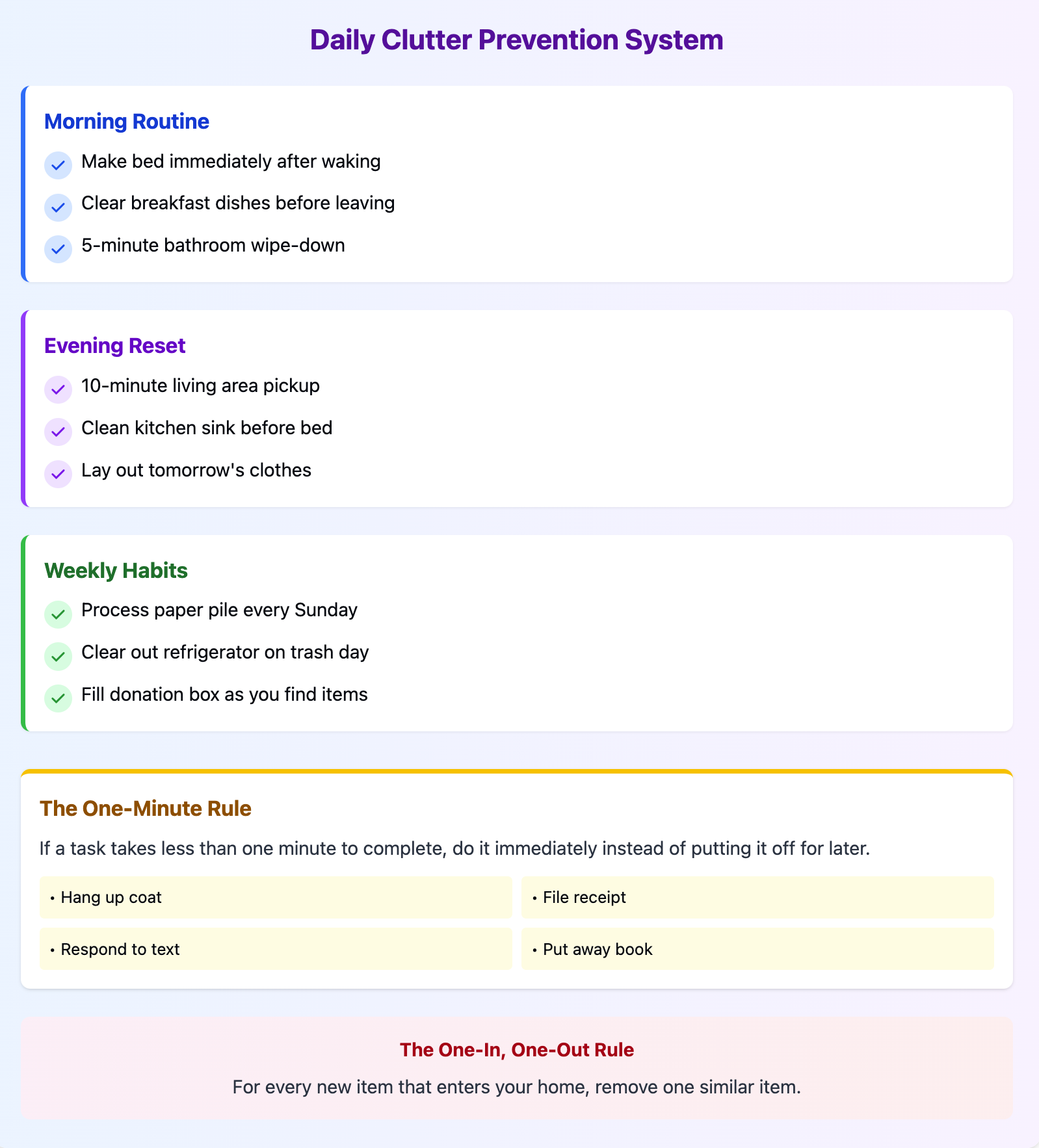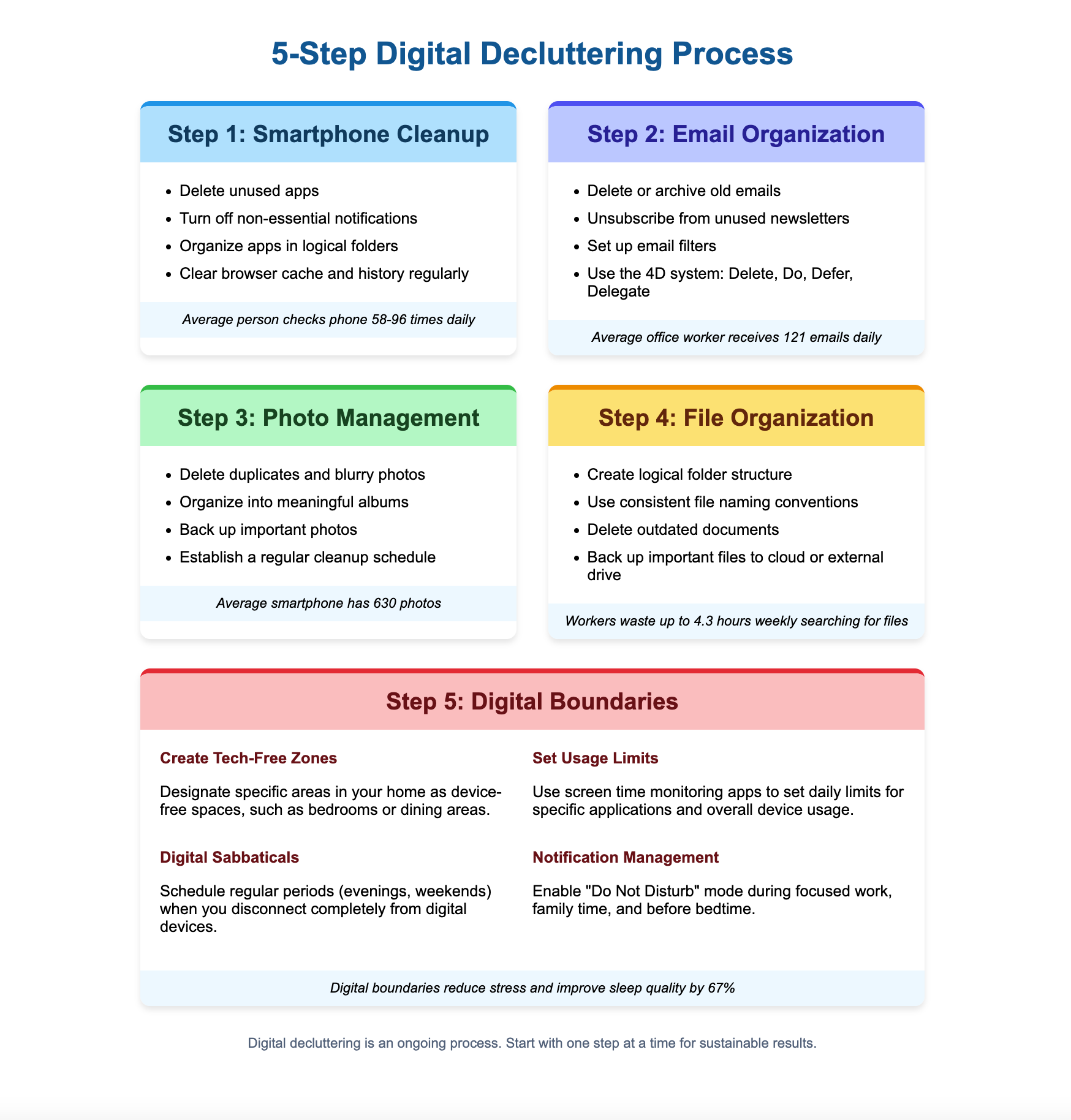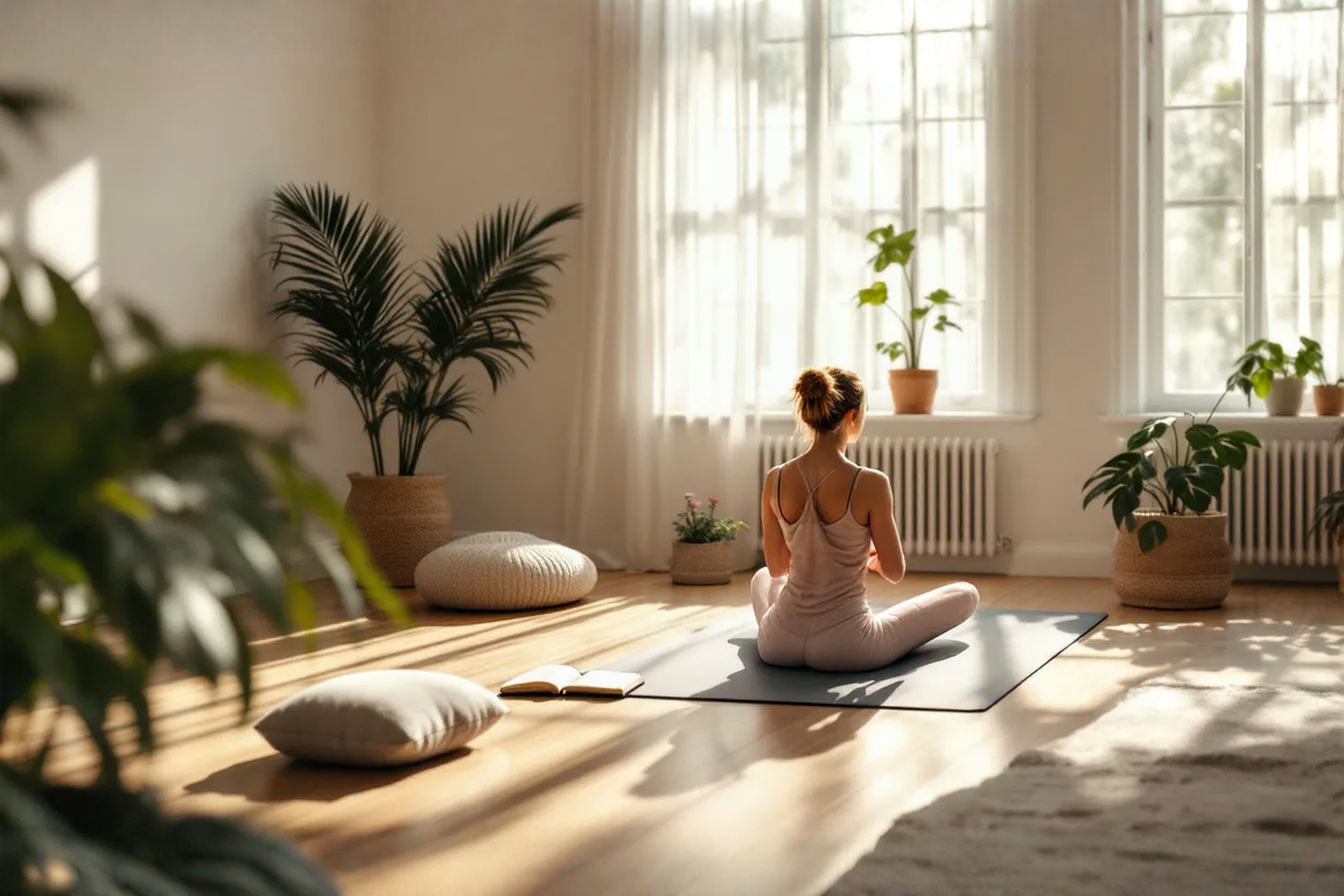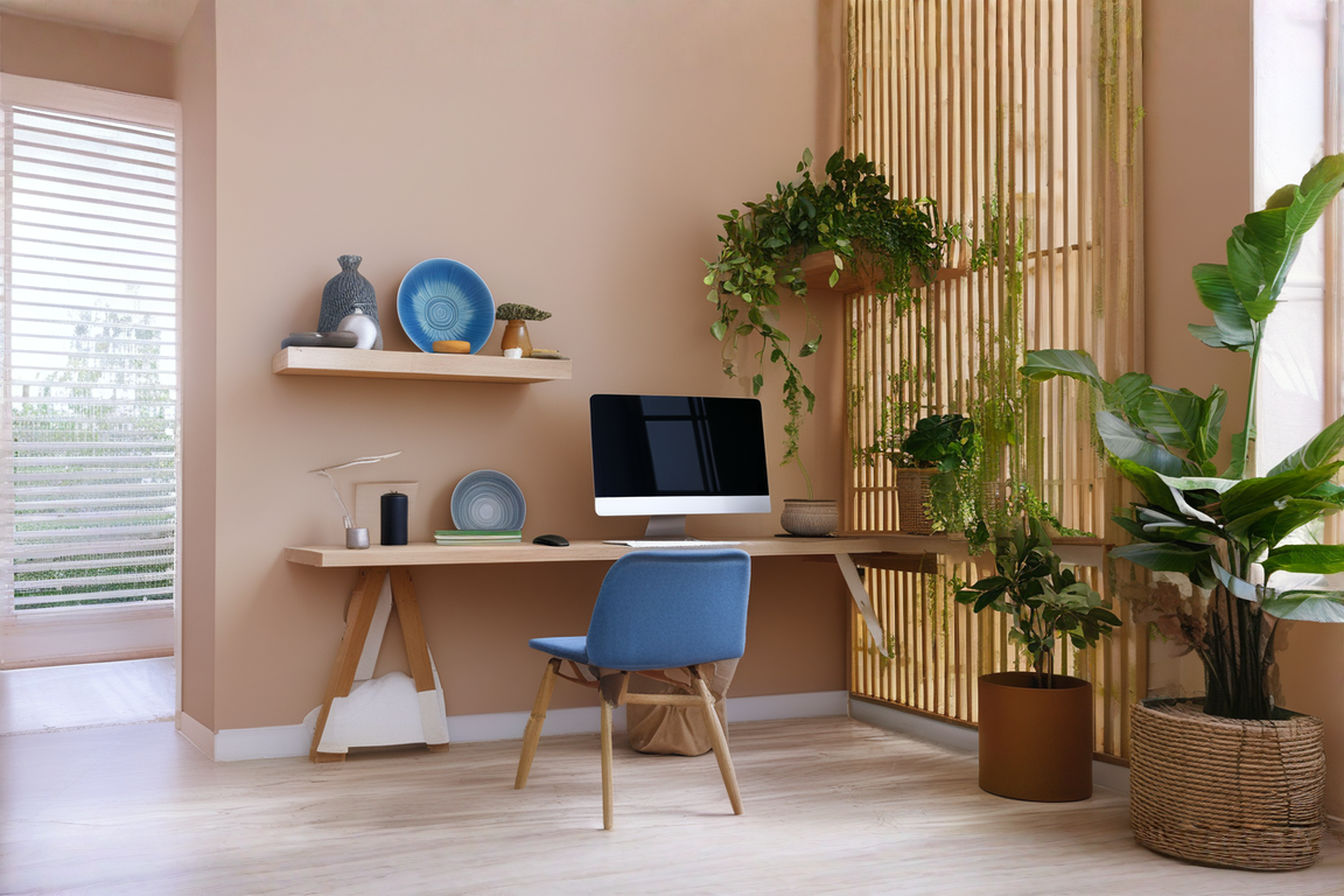This post may contain affiliate links. If you make a purchase through these links, we may earn a commission at no additional cost to you.
Walking into a clean, organized home feels like taking a deep breath of fresh air. The weight lifts from your shoulders as your eyes scan tidy countertops and clear pathways. This feeling isn’t just in your imagination—science confirms that our physical environments directly affect our mental wellbeing.
In recent years, decluttering has evolved from a simple spring-cleaning routine into a cultural movement. Best-selling books, popular TV shows, and social media accounts dedicated to organization have sparked millions to reconsider their relationship with stuff. Marie Kondo’s question “Does it spark joy?” has become a household phrase, while minimalism continues gaining traction among those seeking simpler lives.
The Joy of Less: How Decluttering Your Home Transforms Your Mind
The growing interest in decluttering isn’t just about aesthetics or trends. Research increasingly shows that clearing physical space creates mental space too. When we reduce the visual chaos around us, our brains can process information more efficiently, leading to clearer thinking and improved mood.
For many people, the connection between a tidy home and happiness runs deep. Decluttering isn’t just about throwing things away—it’s about creating room for what truly matters. By mindfully choosing what deserves space in our homes, we simultaneously decide what deserves space in our lives.
The benefits extend beyond just feeling good. Decluttering can lower stress hormones, improve sleep quality, boost productivity, and even strengthen relationships. These positive changes ripple through various aspects of life, creating a foundation for greater contentment and joy.
The Psychology Behind Clutter and Stress
Our brains are processing machines, constantly taking in visual information from our surroundings. When your environment is cluttered, your brain must work overtime to filter relevant information from the chaos. Neuroscientists at Princeton University discovered that physical clutter competes for your attention, reducing your ability to focus and process information effectively.
This cognitive overload triggers a stress response in many people. A study published in the Journal of Personality and Social Psychology found that women who described their homes as “cluttered” had higher levels of cortisol—the body’s primary stress hormone—than those who described their spaces as “restful” or “restorative.” These elevated cortisol levels don’t just make you feel anxious in the moment; chronic elevation can lead to serious health problems including depression, insomnia, and weakened immune function.
Beyond physiological effects, clutter creates a constant visual reminder of unfinished tasks. That pile of mail represents decisions unmade. Those unfolded clothes signify chores incomplete. Psychologists call this “attention residue”—when your mind remains partially focused on previous tasks rather than fully engaging with the present. Each item out of place subtly drains your mental energy, creating a background hum of stress that’s hard to pinpoint but impossible to ignore.
For many, clutter also triggers feelings of shame and embarrassment. The inability to maintain an organized space can feel like a personal failure, especially when comparing your home to the pristine images on social media. This emotional burden compounds the stress, creating a negative cycle where anxiety makes organizing harder, leading to more clutter and more stress.
Key Benefits of Decluttering
The rewards of decluttering extend far beyond just having a tidy space. When you clear the physical clutter from your environment, you simultaneously clear mental clutter from your mind. This dual clearing creates a cascade of benefits that positively impact your overall wellbeing.
First and foremost, decluttering significantly reduces anxiety and stress. A 2010 study in Personality and Social Psychology Bulletin found that people who described their home environments as “cluttered” experienced higher fatigue and depression levels than those with organized homes. This makes sense—when your surroundings feel chaotic, your internal state often follows suit.
Decluttering also dramatically improves focus and productivity. When your workspace is clear, your mind can concentrate on the task at hand rather than being distracted by visual stimuli competing for attention. A study from the Harvard Business Review found that participants working in an organized environment could focus for 7.5 minutes longer than those working in cluttered spaces—a 23% improvement in sustained attention.
Sleep quality represents another area where decluttering delivers tangible benefits. The National Sleep Foundation reports that people who make their beds every morning are 19% more likely to report regularly getting a good night’s sleep. This simple act of organization sets a tone for the entire bedroom, creating a sanctuary rather than a storage unit.
Perhaps most surprising is decluttering’s effect on decision-making abilities. When you’ve practiced making decisions about what to keep, donate, or discard, this skill transfers to other areas of life. The decision-making muscles you build while organizing your closet help you make clearer choices in your career, relationships, and personal goals.
Getting Started: The Decluttering Process
Taking the first step toward decluttering can feel overwhelming, especially when facing years of accumulated possessions. The key to success lies in approaching the process strategically rather than attempting to transform your entire home in a single weekend.
Begin by setting realistic, specific goals. Instead of vaguely deciding to “declutter the house,” break the project into manageable chunks. For example, commit to organizing one drawer, one shelf, or one small area at a time. This prevents burnout and provides quick wins that motivate you to continue.
The room-by-room approach works well for most people. Start with less emotionally charged spaces like bathrooms or laundry rooms before tackling areas filled with sentimental items. Each completed room serves as a template for how you want your entire home to feel, reinforcing your motivation to continue.
Several popular decluttering methods offer structured frameworks. The KonMari Method, created by Marie Kondo, suggests categorizing items (clothes, books, papers, miscellaneous, sentimental) rather than decluttering by location. The core principle involves keeping only items that “spark joy” when held.
For those who prefer a more straightforward system, the Four-Box Method assigns every item to one of four categories: keep, donate, trash, or relocate. This forces a decision about each possession rather than postponing choices for “someday.”
Whichever method you choose, combat decision fatigue by limiting decluttering sessions to 30-90 minutes. Have necessary supplies on hand: trash bags, donation boxes, markers for labeling, and cleaning supplies. Remember that decluttering is a skill that improves with practice—the more you do it, the easier decisions become.
Maintaining a Clutter-Free Home
The real challenge of decluttering isn’t the initial purge—it’s preventing clutter from creeping back into your newly organized spaces. Without sustainable systems and daily habits, even the most thorough decluttering efforts will eventually be undone.
Creating effective organizational systems forms the foundation of clutter prevention. These systems should be intuitive enough that maintaining them requires minimal effort. For example, place a recycling bin where you sort mail to immediately capture junk, install hooks by the door for keys and bags, or use clear containers in the refrigerator to see leftovers before they’re forgotten.
The one-minute rule serves as a powerful daily habit for preventing buildup. If a task takes less than one minute to complete—hanging up a coat, filing a document, or washing a dish—do it immediately rather than setting it aside for later. These small actions, when consistently applied, prevent the accumulation that leads to overwhelming clutter.
Another critical maintenance strategy involves implementing a “one in, one out” policy. Before bringing any new item home, identify something similar to remove. New shoes? Time to donate an old pair. New kitchen gadget? Find one you rarely use to sell or give away. This practice maintains equilibrium in your possessions and forces mindful consideration before purchases.
Digital reminders can help establish new organizational routines. Set a weekly calendar alert for a 15-minute pickup sweep through common areas, or schedule monthly maintenance sessions for spaces prone to disorganization. These scheduled check-ins prevent small disorder from becoming major projects.
Perhaps most importantly, shift your mindset from seeing decluttering as a one-time event to viewing it as an ongoing lifestyle choice. When you value open space and thoughtful curation over accumulation, maintaining order becomes less about discipline and more about aligning your environment with your values.

Beyond Physical Clutter: Digital Decluttering
While physical clutter occupies our homes, digital clutter overwhelms our devices and mental bandwidth. The average person spends nearly seven hours daily interacting with screens, making our digital environments equally important to our wellbeing as our physical spaces.
Digital clutter manifests in various forms: thousands of unorganized photos, countless unread emails, dozens of unused apps, and notifications constantly demanding attention. This digital noise creates the same cognitive overload as physical clutter, making it difficult to focus, increasing stress, and reducing productivity.
Begin digital decluttering with your smartphone—the device most people interact with over 2,600 times daily. Delete unused apps, organize remaining apps into logical folders, and disable unnecessary notifications. Studies show that simply turning off non-essential notifications can reduce stress and improve concentration by limiting interruptions that fragment attention.
Next, tackle your email inbox. The average office worker receives 121 emails daily, many requiring no action. Implement a system like the “Four Ds”: Delete (eliminate unnecessary emails), Delegate (forward to appropriate people), Defer (schedule time to handle later), or Do (handle immediately if under two minutes). Unsubscribe from newsletters you no longer read, and create folders or filters to automatically organize incoming messages.
Photos and files require similar attention. Set aside time to delete duplicate photos, organize albums by date or event, and back up important images to prevent loss. For documents, create a logical folder structure and implement a consistent naming convention that allows you to quickly locate files later.
Perhaps most importantly, establish digital boundaries. Designate tech-free zones or times in your home, use screen time monitoring apps to become aware of usage patterns, and practice intentional consumption of digital content rather than endless scrolling.

Conclusion
The journey to a clutter-free home is ultimately a journey toward greater peace of mind. As we’ve explored throughout this article, the relationship between our physical environment and our mental wellbeing runs deep. Decluttering isn’t just about creating a magazine-worthy space—it’s about crafting a home that supports your best life.
Each small step you take toward organization creates ripples of positive change. When you clear physical clutter, you simultaneously clear mental clutter. The benefits extend beyond aesthetics to touch nearly every aspect of wellbeing: reduced stress, improved focus, better sleep, enhanced creativity, and even stronger relationships.
Remember that decluttering is not a destination but an ongoing practice. The most successful approach embraces imperfection and focuses on progress rather than perfection. Start with small, manageable projects rather than attempting to transform your entire home at once. Celebrate each victory, whether it’s organizing a single drawer or establishing a sustainable system for managing incoming mail.
As you continue your decluttering journey, remember to be patient with yourself. We accumulate possessions over years or even decades, so the process of thoughtfully curating our spaces takes time. The goal isn’t to own nothing, but rather to surround yourself only with items that serve a purpose or bring genuine joy.
By implementing the strategies outlined in this article—from applying popular decluttering methods to establishing daily habits that prevent clutter accumulation—you’re not just organizing your home. You’re creating space for what truly matters: relationships, experiences, creativity, and peace of mind. In a world filled with constant noise and stimulation, a thoughtfully decluttered home becomes more than just a place to live—it becomes a sanctuary.



